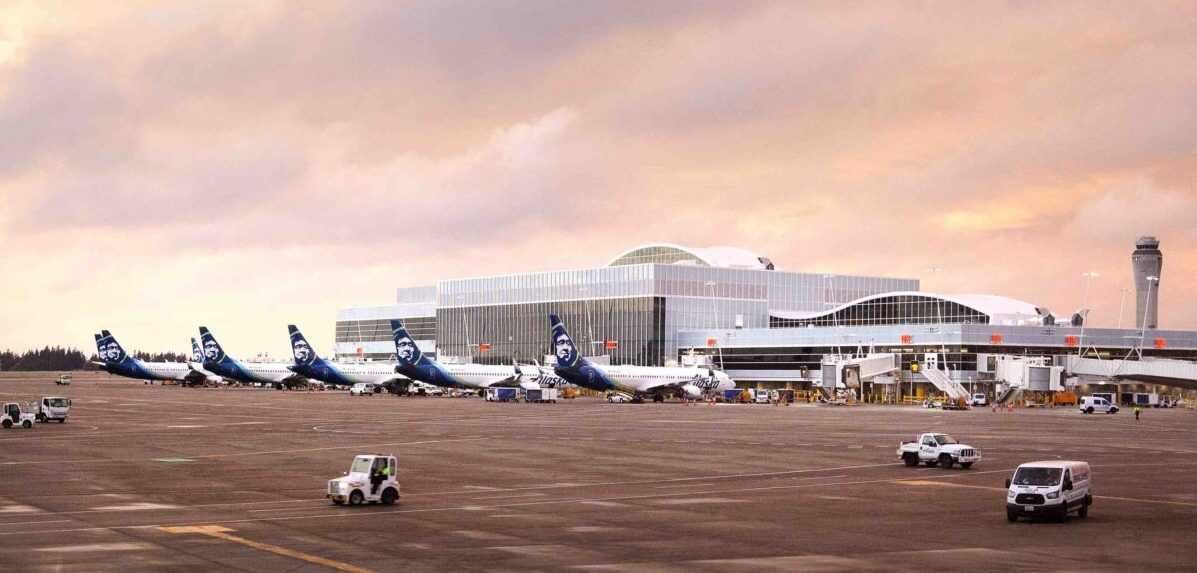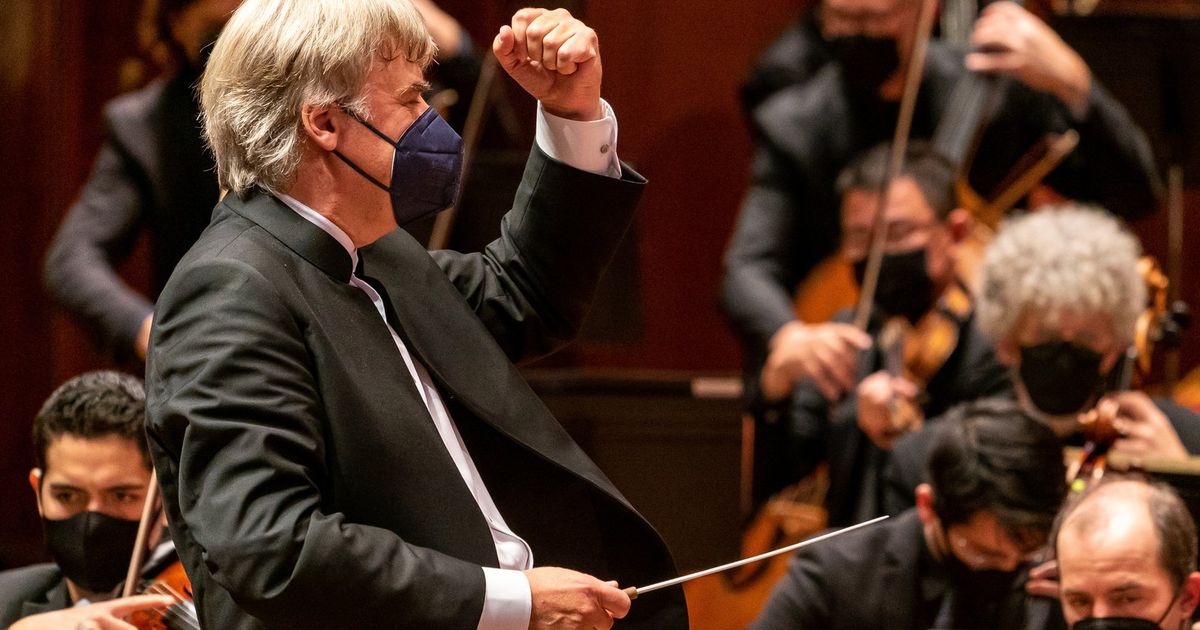WASHINGTON – (AP) – Secretary of Defense Lloyd Austin vows he “won’t let grass grow under our feet” as the department begins implementing new vaccine and testing guidelines. But Pentagon officials were busy at the end of the week trying to figure out how to implement and enforce the changes in the huge military population and determine which National Guard and Reserve forces would be affected by the orders.
The Pentagon now has two separate missions with President Joe Biden’s announcement Thursday aimed at increasing COVID-19 vaccines among the federal workforce. The Department of Defense needs to develop plans to make the vaccine mandatory for the military and set new requirements for federal employees who either have to certify a COVID-19 vaccination or face frequent testing and travel restrictions.
Austin said Friday the department would be moving quickly but added that he cannot predict how long it will take. He said he plans to consult with medical professionals as well as the military leaders.
Any plan to make the vaccine mandatory will require a waiver signed by Biden, as the Food and Drug Administration has not yet given the vaccine final, formal approval. Under federal law, the obligation to allow individuals to accept or decline an emergency vaccine can only be lifted by the president and “only if the president states in writing that compliance with such a requirement is not in the interests of national” security. “
Prescribing the vaccine prior to FDA approval is likely to spark opposition from vaccine opponents and engage the military in political debates on an issue that is highly divisive in America.
However, military commanders struggled to separate vaccinated recruits from unvaccinated recruits even when they began basic training in the services to prevent infection. For some, a mandate could make education and housing easier.
Military personnel are already required to receive up to 17 different vaccines, depending on where they are stationed around the world. Some of the vaccines are specific to certain regions. Military officials said the pace of vaccines has increased across the force, and some units are seeing nearly 100% of their members being injected.
According to the Pentagon, more than 1 million soldiers are fully vaccinated and 233,000 have received at least one vaccination. There are approximately 2 million active soldiers, guard and reserve troops.
A vaccination mandate will also raise the question of whether the military will dismiss troops who oppose the vaccine.
National Guard officials said initial guidance suggests that guards who initially oppose the vaccine once it is mandatory will receive advice from medical staff. If they still refuse, they would be instructed to take it and failure to comply with this order could result in administrative or penal measures.
On Friday, Guard officials said the leaders were still making legal recommendations as to which citizen soldiers would be affected by the new requirements. Officials said it appears that most of the guard will eventually need to receive the vaccine if it is required.
Guard forces on active federal service would receive the vaccine in their units wherever they are deployed, and others would receive it when they report for their monthly training weekend or annual training. The system would be similar to any other vaccine requirement, according to Guard officials.
Security guards on active government service would initially not be subject to the obligation as they are subject to government laws. But once they returned to a monthly exercise, the order would apply to them. Security guards spoke about the new vaccine procedure on condition of anonymity as the procedures are still being finalized.
While the number of COVID-19 deaths across the military has remained small – largely due to the age and health of the force – cases of the virus have increased.
As of this week, there have been more than 208,600 cases of COVID-19 among members of the U.S. military. Of these, more than 1,800 members have been hospitalized and 28 have died.
Earlier this year, the number of cases and hospital admissions had increased by relatively small, steady amounts, and the death toll had remained at 26 for more than 2 1/2 months. In the last few weeks the total numbers have increased. In the last week alone, the number of cases rose by more than 3,000 and the number of those hospitalized rose by 36. Two sailors also died last week.
Copyright 2021 The Associated Press. All rights reserved. This material may not be published, broadcast, rewritten, or redistributed in any way without permission.







:quality(70)/cloudfront-us-east-1.images.arcpublishing.com/cmg/BPEI2QQ76SHPPOW6X6A6WHEGX4.jpg)
















:quality(70)/cloudfront-us-east-1.images.arcpublishing.com/cmg/GLQND2AXQQO2G4O6Q7SICYRJ4A.jpg)




